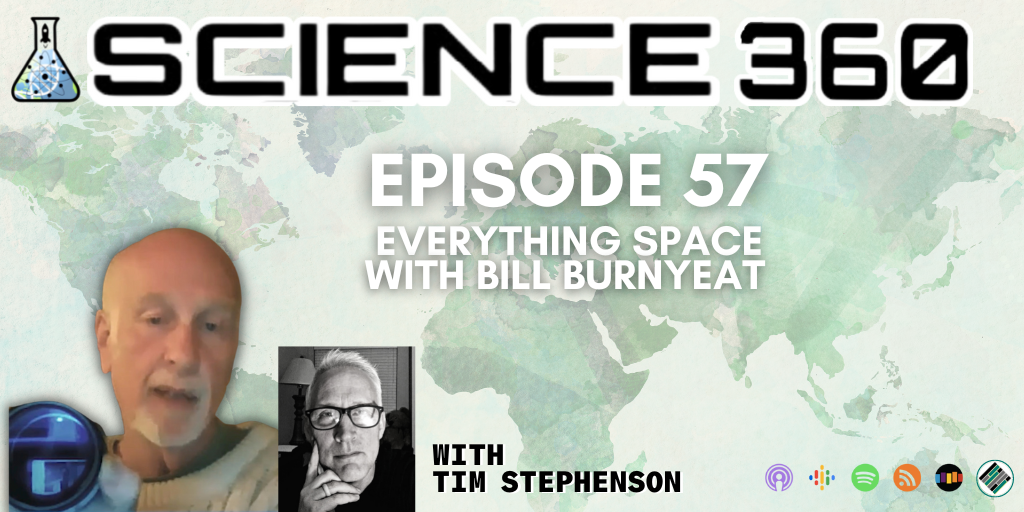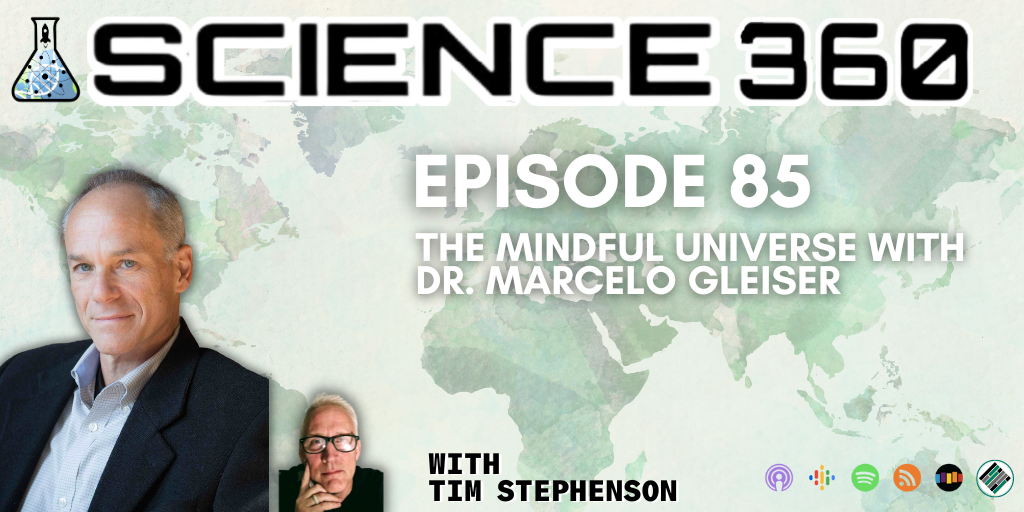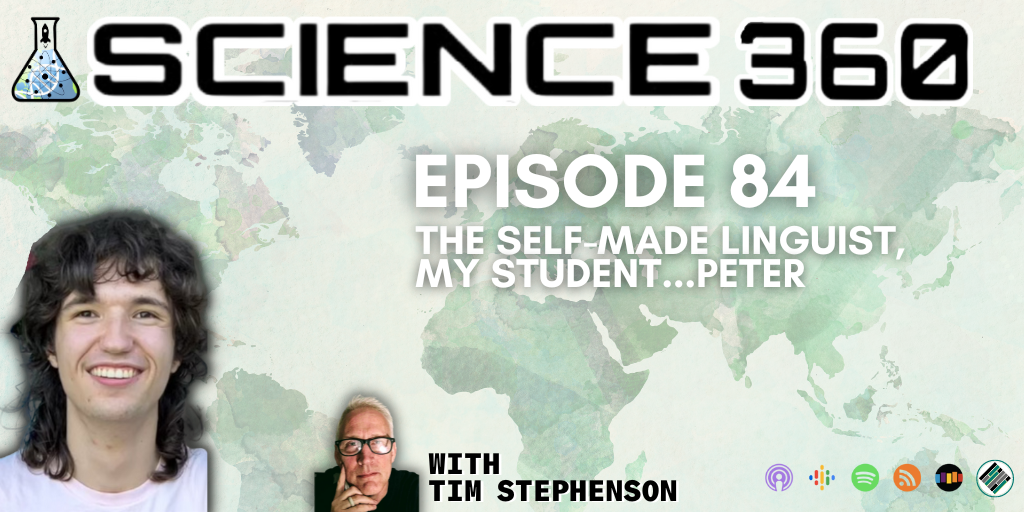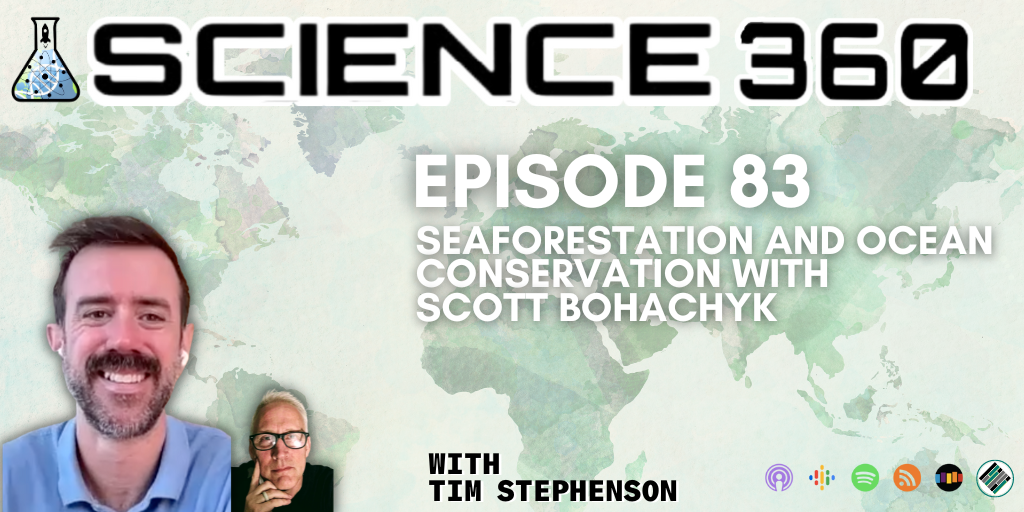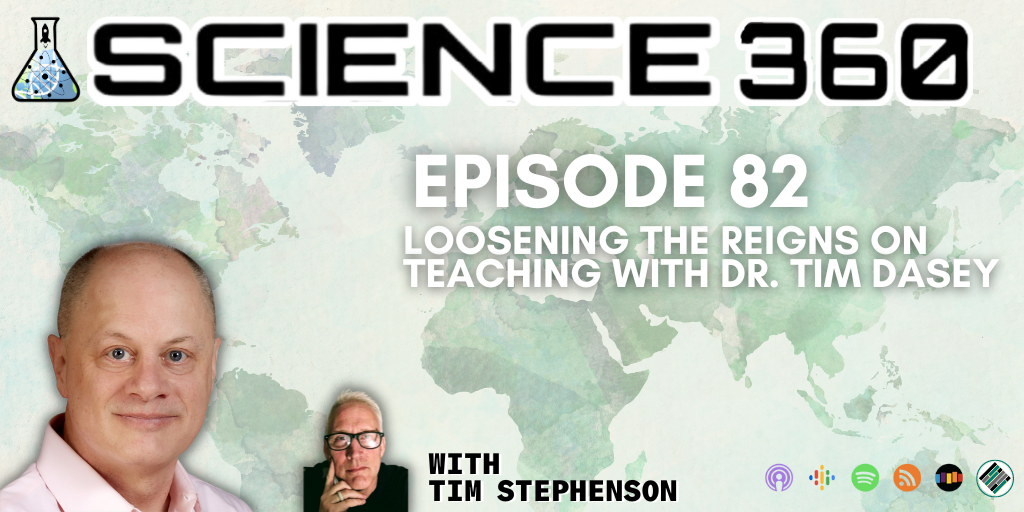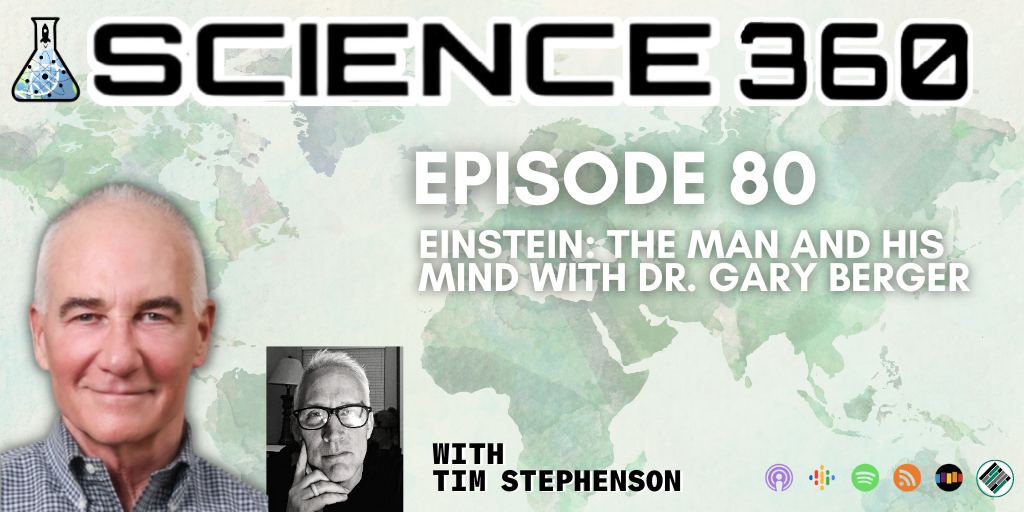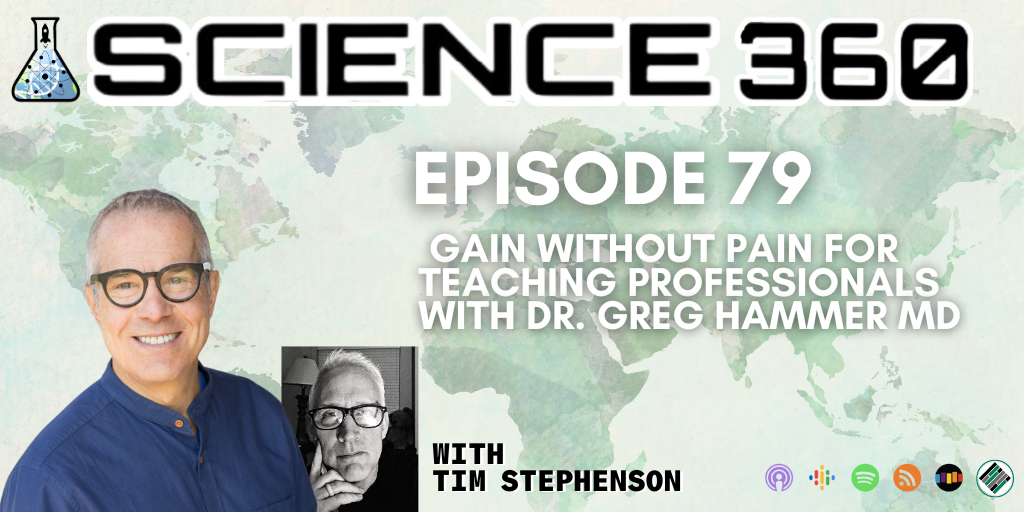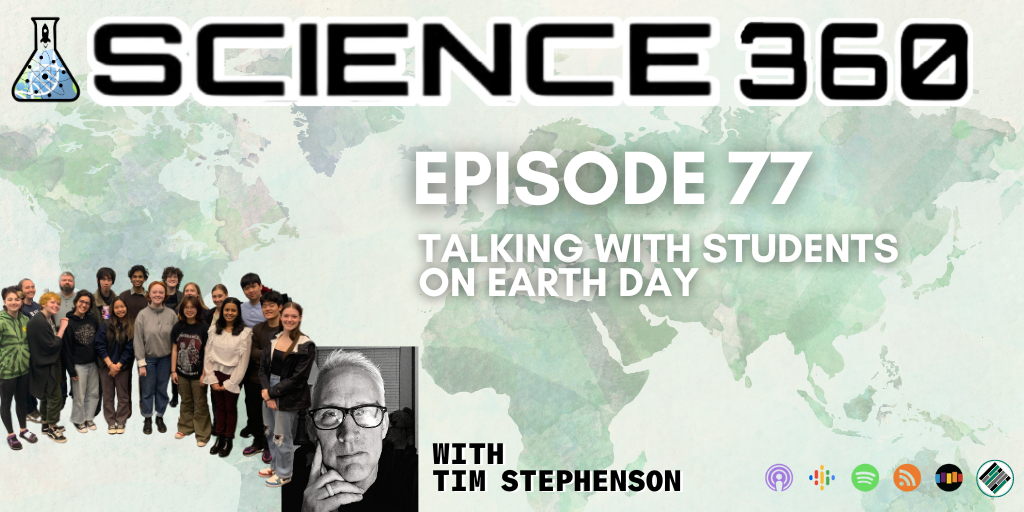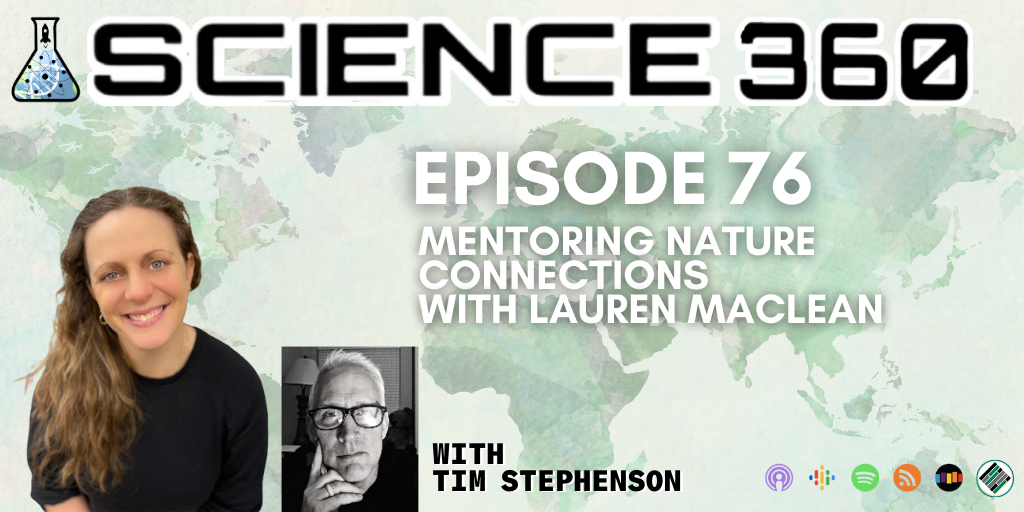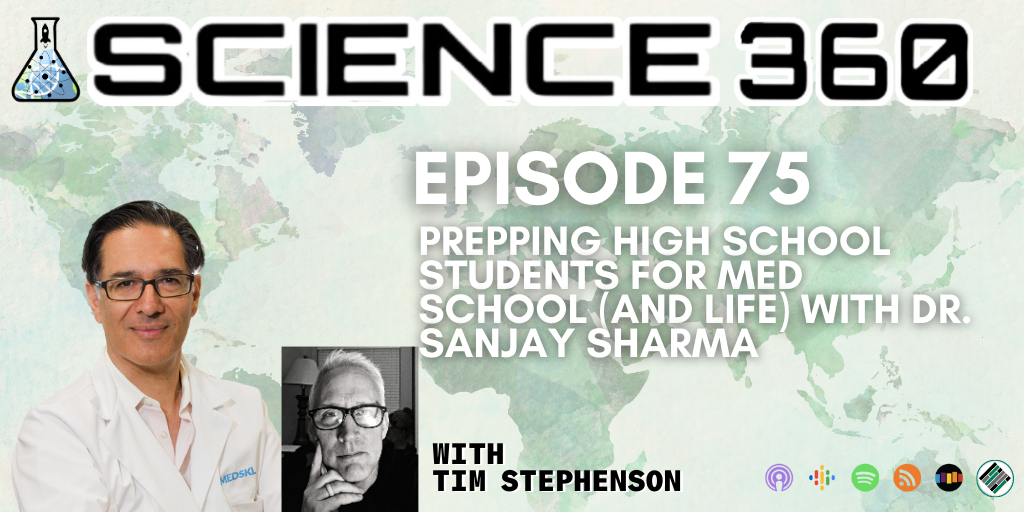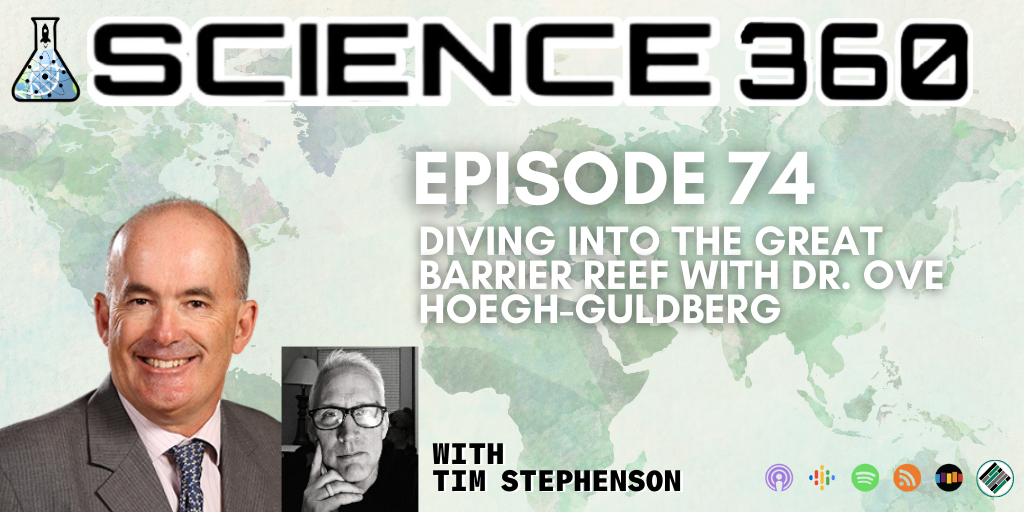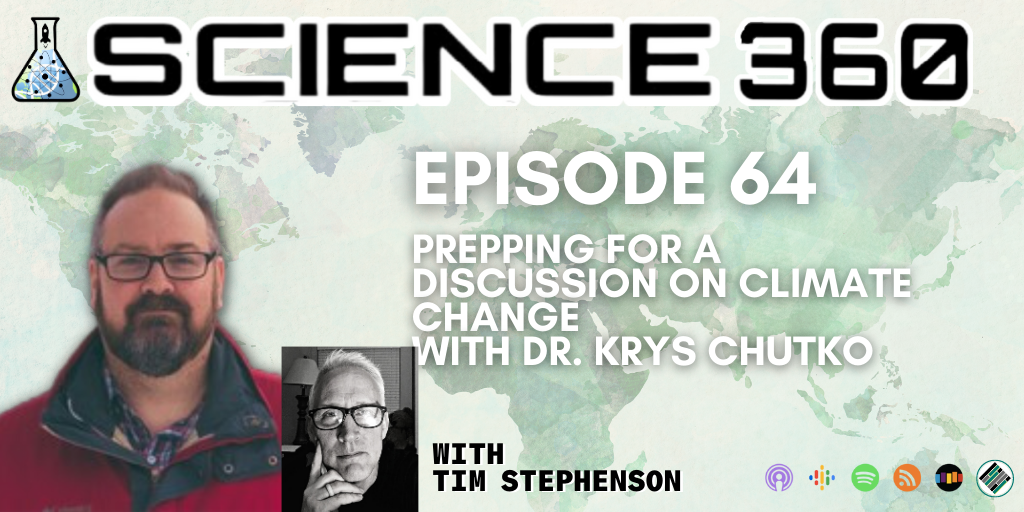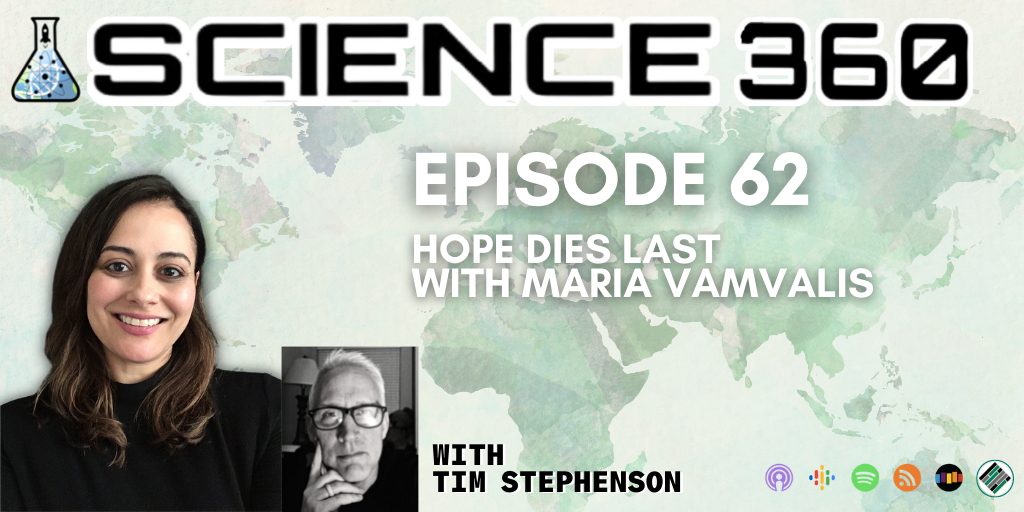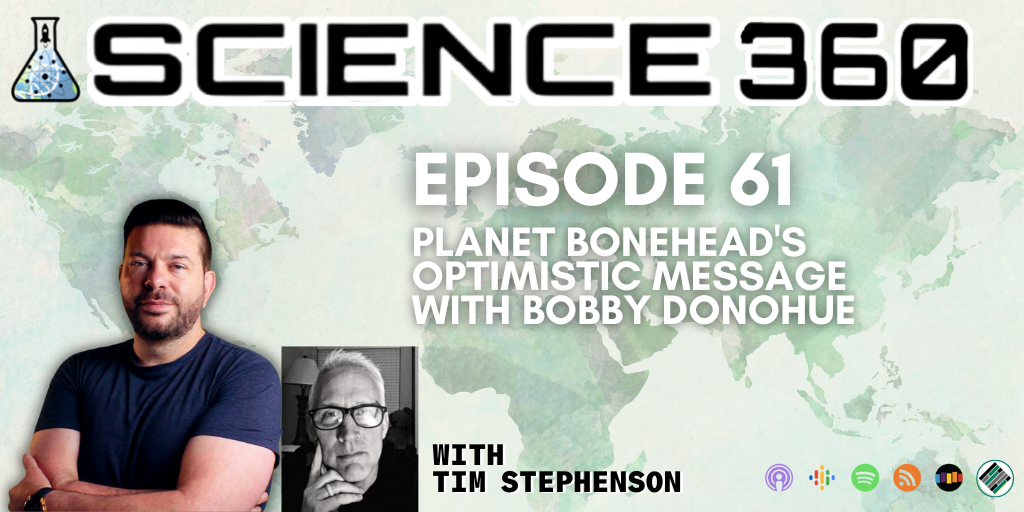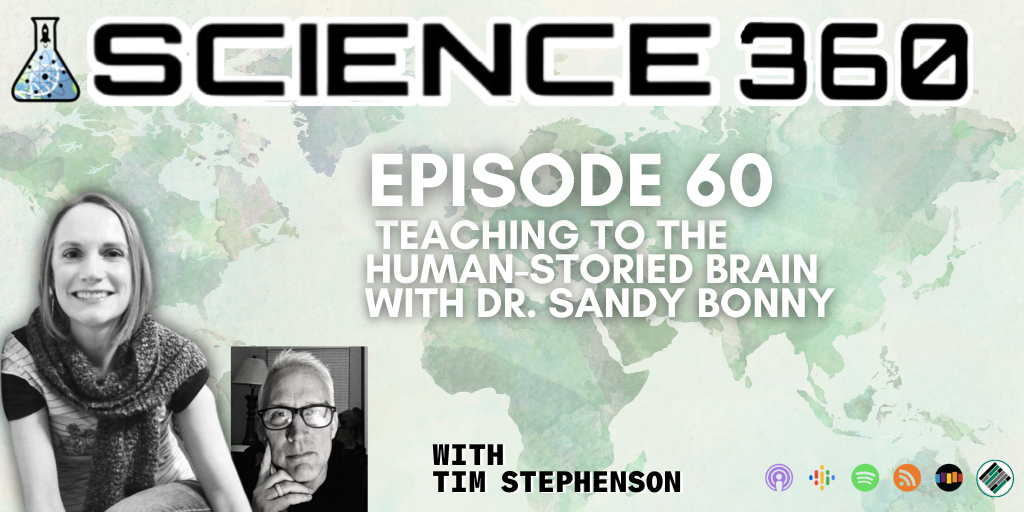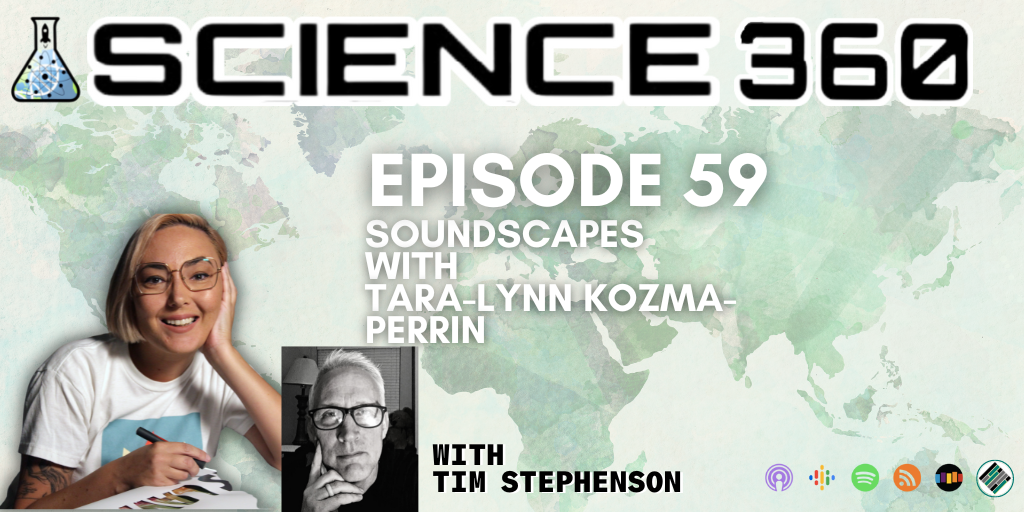Wow! This one has a lot of information in it. We get into all kinds of things about space and teaching astronomy. You may want to take notes!! If you like space, want to learn more OR if you teach science with an astronomy unit, then this one is for you!
There was enough in here that I felt it would be a good idea to include a vocabulary list so that you could reference it, as I’m sure Bill or I used words that might be unfamiliar.
So here’s the list:
Synodic Period – the time it takes to complete one orbit or revolution relative to the position of the Sun
Ecliptic – the line that connect the Earth and the Sun. All planets orbit the Sun approximately on the plane of the ecliptic
Spectrometer – an instrument that measures a wavelength of light emitted by any source
Mare – the latin word for sea. Used to describe the dark areas on the Moon because ancient astronomers thought they were oceans (Plural: Maria)
Occultation – when one celestial body crosses in front of or behind anotherHomogeneous – used to describe anything that is the same throughout
La Grangian Point – a point between two objects where their respective gravities cancel out and you don’t fall towards either
Infrared – the radiation responsible for heat. Has a wavelength slightly longer than visible light
Redshift – the optical observation whereby lightwaves are stretched to a longer wavelength because the light source is moving away from you
Sidereal Period – the time to rotate or orbit relative to the background stars. Generally it is shorter than synodic time because the Sun is moving and the stars don’t appear to, simply because they are so far away
Elliptical orbit – all objects orbit the Sun in an orbit slightly non-circular. An Ellipse is like a circle that is flattened somewhat
Regolith – this is what we call Moon dirt
Artemis – the mission that is responsible for returning humans to the Moon and then eventually to Mars
Planisphere – a tool used by astronomers to identify stars and constellations above Earth. Click the link to make one and/or check your phone’s App Store and download an interactive version
https://in-the-sky.org/planisphere/pdfs/planisphere_50N_en.pdf
Connect with Bill by email for class visits, either virtual or in person, at bill@canadianplanetariums.com
Find lots of astronomy resources on my YouTube channel:Science360-Beyond the Sky
In my continued effort to support science #teachers with their astronomy curriculum, here is another fascinating discussion covering all sorts of topics about space. Listen, learn, teach, repeat! #TBPodcaster Click To Tweet
